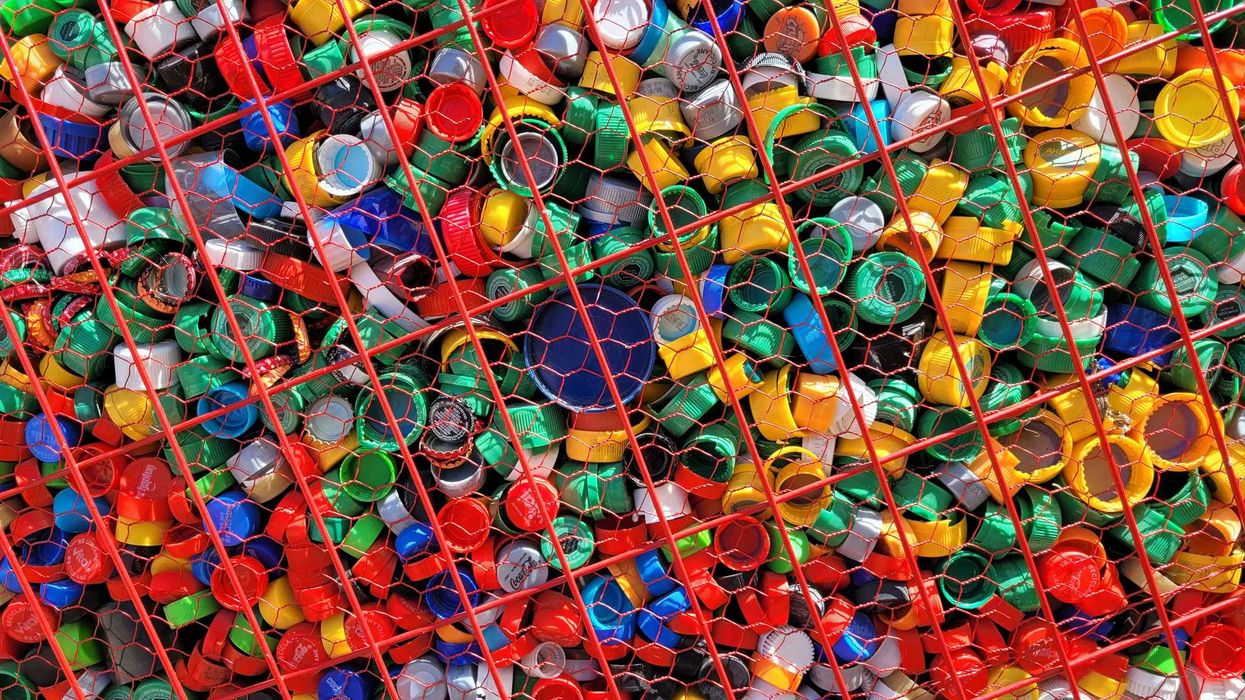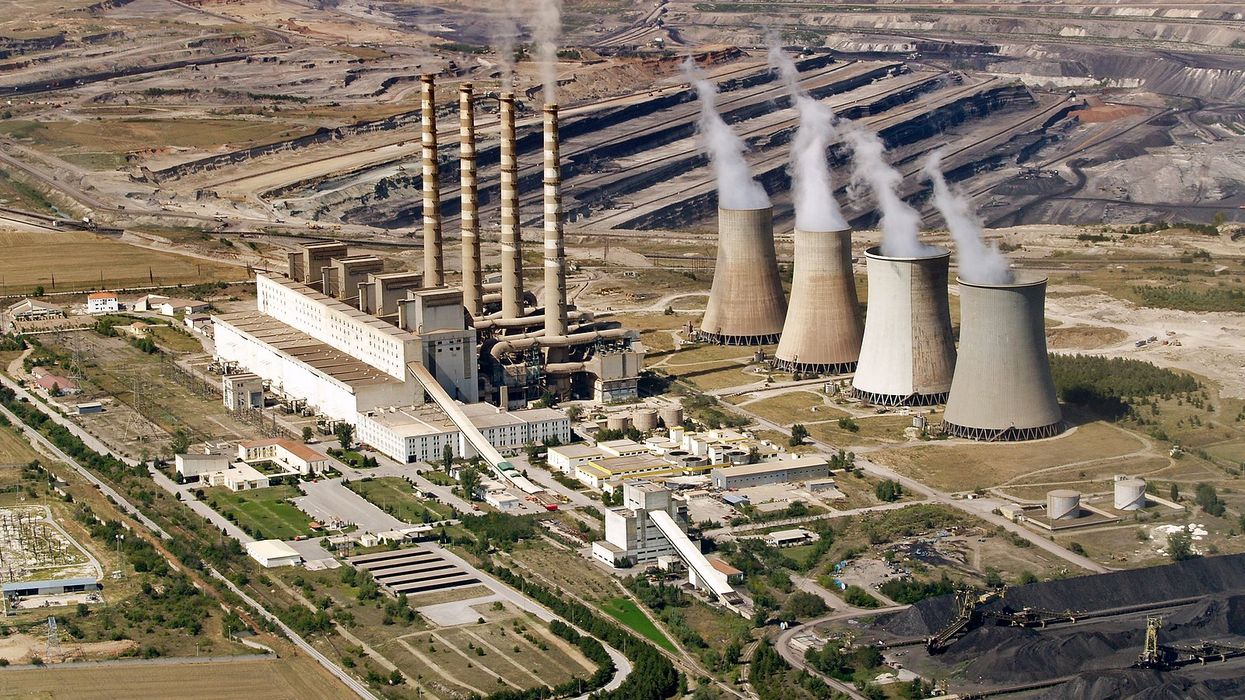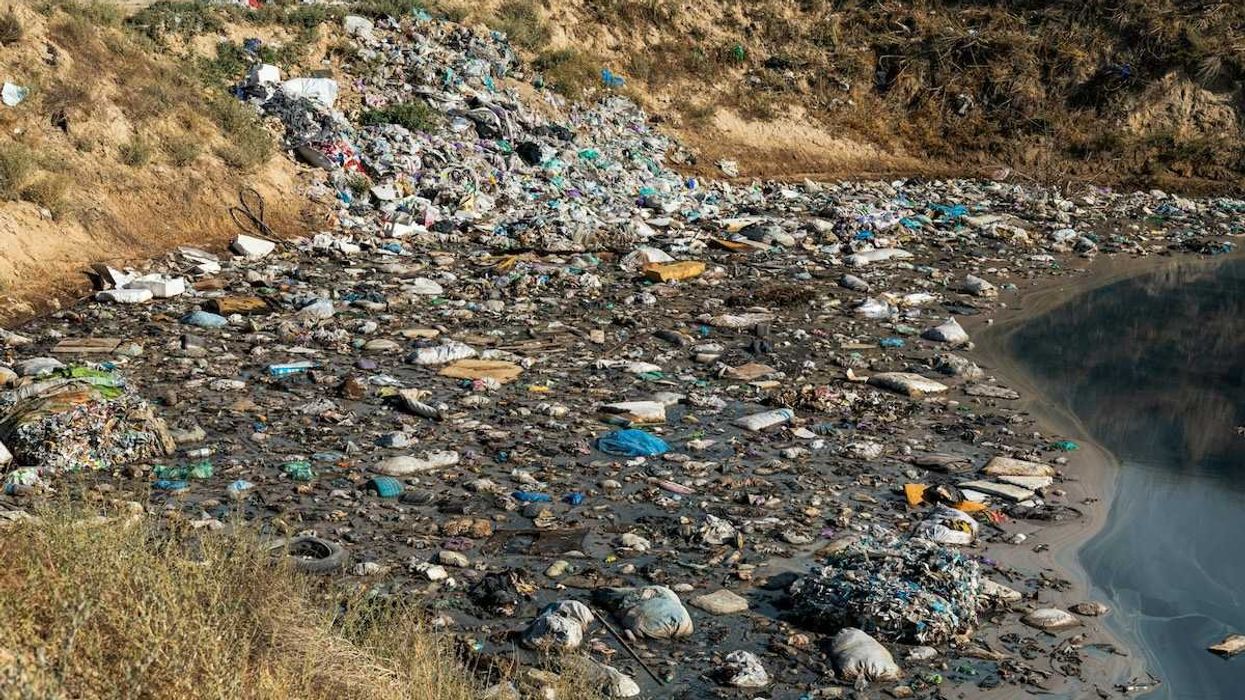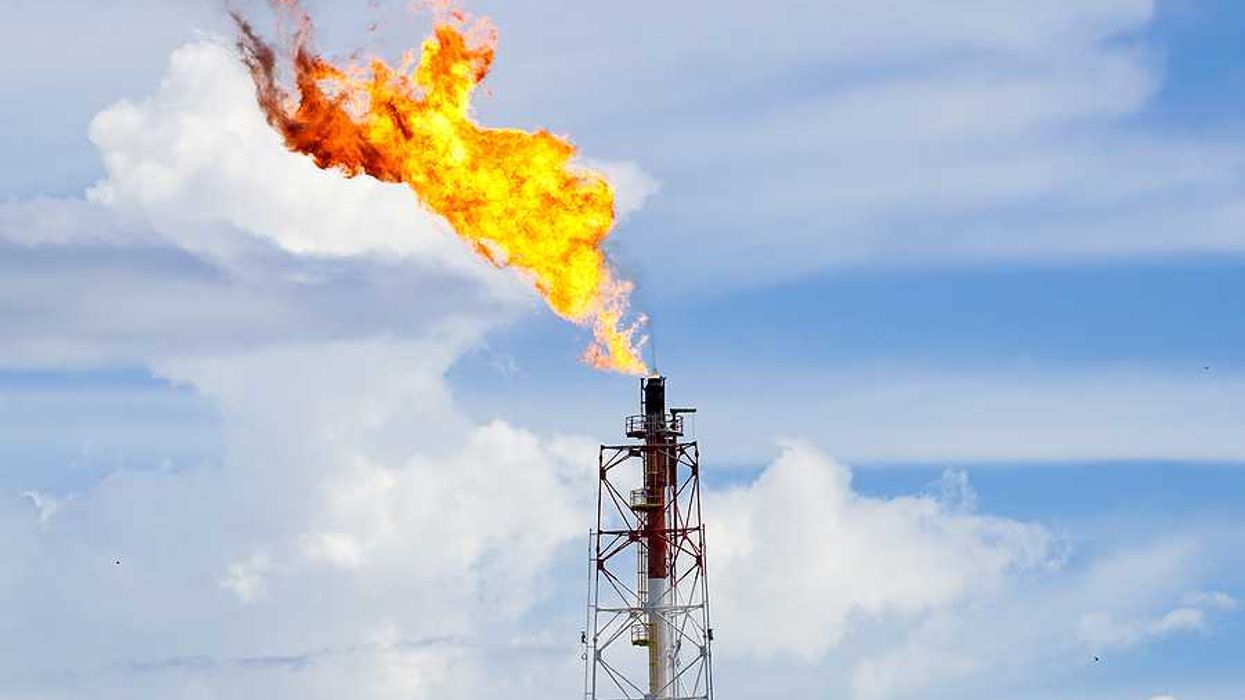Treated wastewater containing high levels of PFAS is increasingly being used to restore wetlands across the U.S., raising concerns about ecosystem and public health contamination.
Tom Perkins reports for The Guardian.
In short:
- Wastewater treatment plants are releasing effluent containing PFAS into wetlands, rivers, and aquifers under the label of “restoration,” though the process does not remove most toxic chemicals.
- PFAS, also known as “forever chemicals,” accumulate in the environment and human bodies and are linked to cancer, liver and kidney disease, birth defects, and reduced immunity.
- Despite growing use of this practice in states like Louisiana, Florida, and California, regulations are weak, and the wastewater industry often downplays the risks by framing it as water recycling.
Key quote:
“There’s a huge dark side to this whole business of municipalities using effluent that’s carrying loads of Pfas and other toxic materials and calling it ‘wetland restoration’.”
— James Aronson, restoration ecologist and president of Ecological Health Network
Why this matters:
PFAS contamination is an escalating concern for both environmental and human health. These synthetic chemicals, used for decades in products from nonstick cookware to firefighting foam, resist breakdown and accumulate over time in soil, water, and living organisms. Now, their spread through treated wastewater threatens to further entrench them in food chains and water supplies. Wetlands, long valued as natural filters and biodiversity hotspots, may instead become vectors for PFAS exposure if restoration efforts rely on contaminated effluent. This undermines not only ecosystem resilience but also the safety of drinking water for millions.
Learn more: We’re losing wetlands fast—and the global cost is staggering














